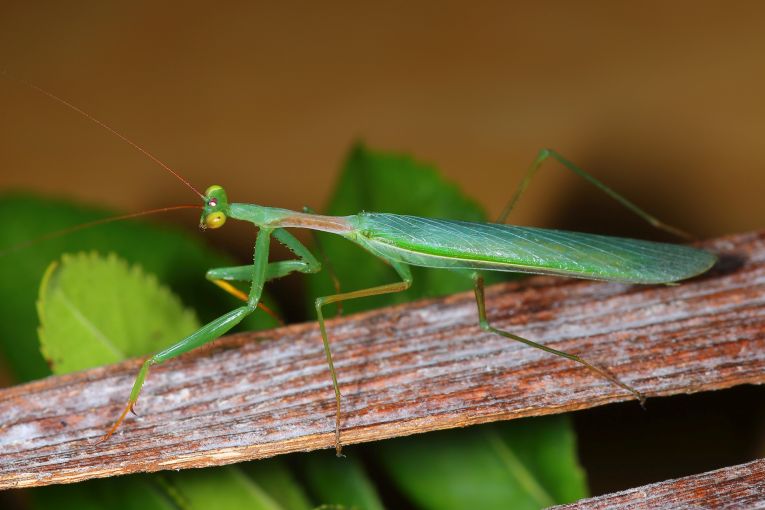The mantids are spreading. It seems that global warming can encourage many IAS (Invasive Alien Species) to enter new countries and habitats. In addition of these plants and animals, others may be quite interesting and almost useful the danger lies in the competition, that these species offer to native plants and animals. As pets for amateur entomologists, the mantis is a very popular choice, although survival might be limited. In Portugal, we have an ideal situation for colonists, as the country has ancient trade patterns, connections to more northerly European areas, an almost-connection to Africa and the Mediterranean very close, for marine connections.
The end-result of this situation is the first ever new mantid entrance into Europe in 2014, although 1390 invasive insects have been recorded. Two species have been found as part of a general survey of Mantodea in the country. They are both Miomantis species and can both inhabit at least one of the old Portuguese colonies. An intriguing mystery could be solved otherwise, however, as they have been found in the Eastern Mediterranean. The trick would be to discover if they have lived in Carcavelos and the Algarve for a lengthy period, or have they just begun their lives there? One of the species has individuals spread out, or at least been found 200km apart in whatever time period it has had available.
As no crop surveys would pick up their presence, these 2 would live on in their garden habitats, possibly being mistaken for the endemic Ameles spp. Introduced with horticultural or other home acquisitions to a location with exotic plants, they could have been present for an unlimited time, despite the likelihood of an influence from global warming. There is the possibility that they have been present as long as the European Mantis religiosa, in North America since 1899. Iris oratoria has been on holiday in California since 1930.
There are 7 species of Miomantiis in the Afrotropical zone. The 2 species in Portugal have been identified as the following. Miomantis caffra is endemic to Southern Africa, including Mozambique. The female of this species is thought not to fly, only glide. M.paykulli is more widespread, found in southern Africa as well as the Nile valley and Mauritania. This species is thought to be ecologically plastic, given its wide distribution.
Thought now needs to be given to biosecurity for every situation in every nation. The authors here is Eduardo Marabuto of the Universidade de Lisboa, writing in the Biodiversity Data Journal. He may advise caution, but if you read Ken Thompson on the usefulness of animals and plants in novel situations or reintroductions, maybe you will think differently.










